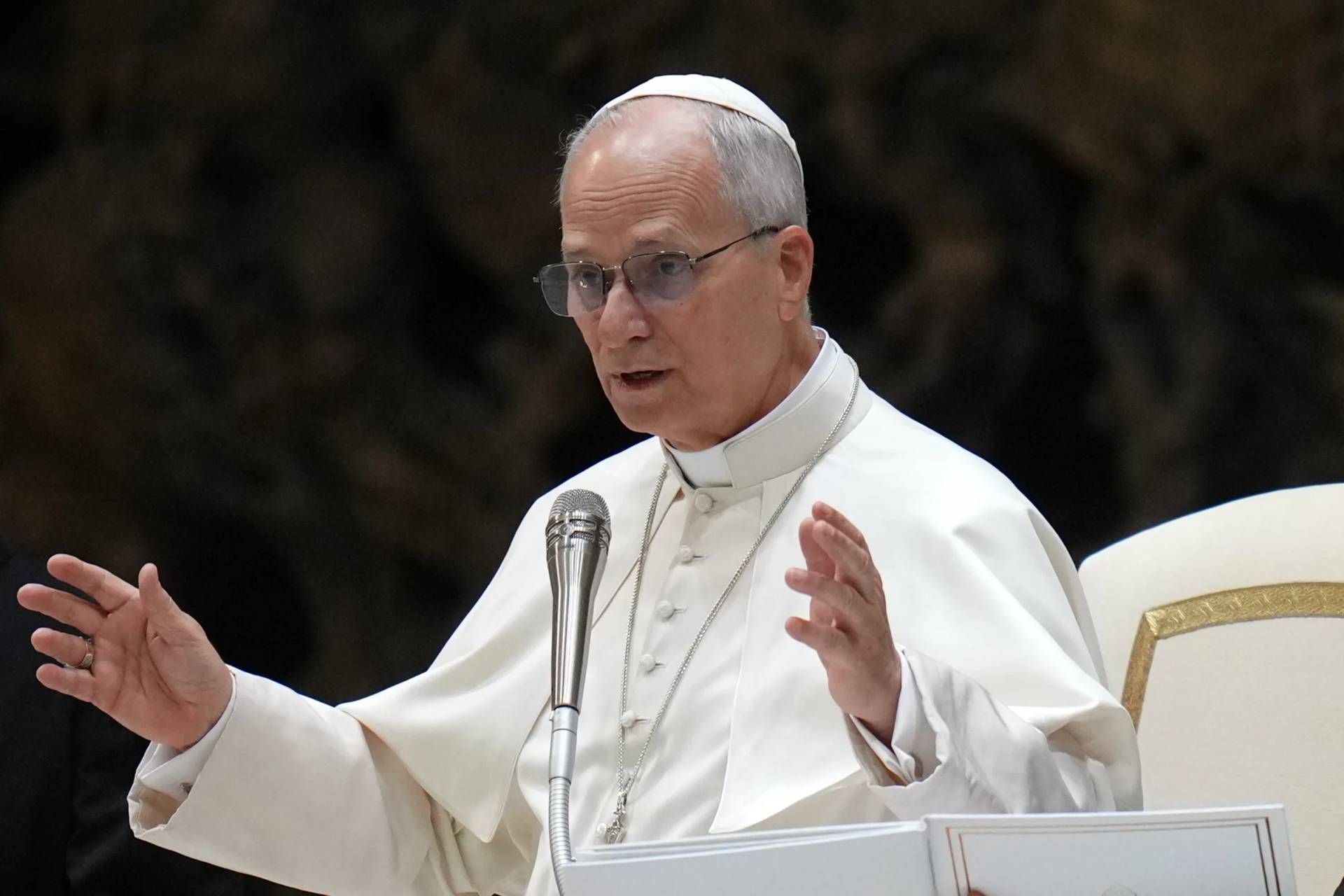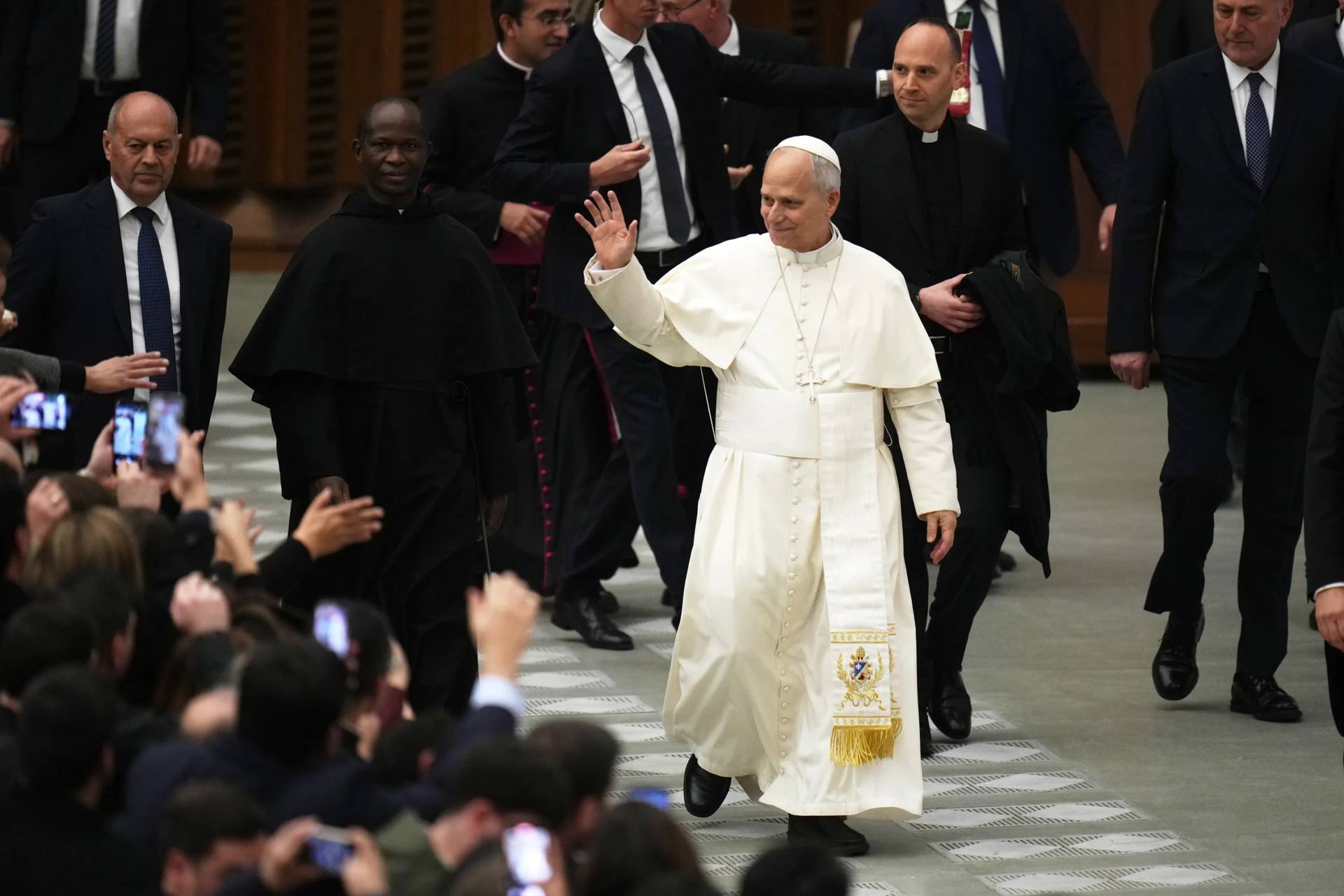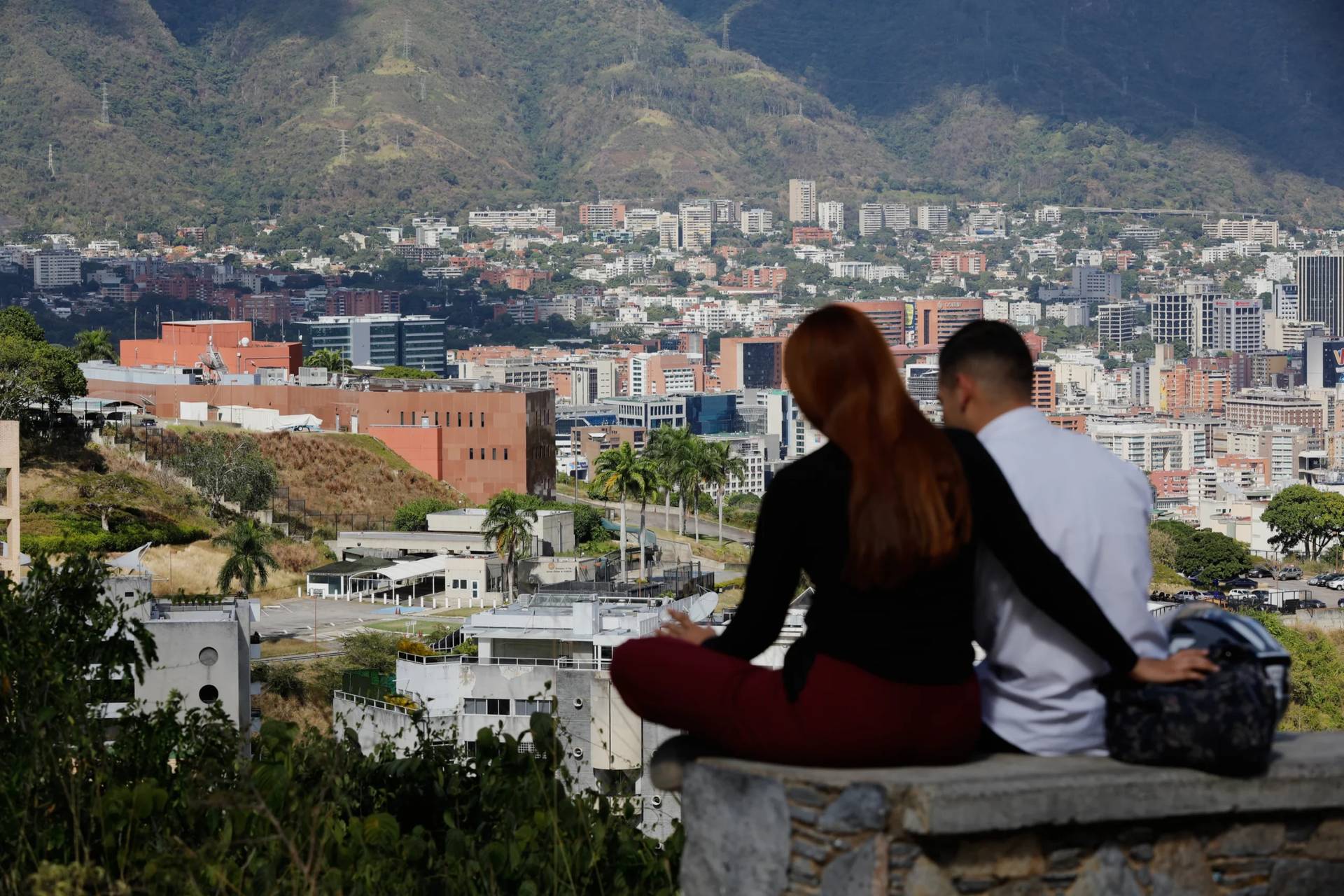ROME – Legendarily, the Vatican thinks in centuries. Jokingly, it’s sometimes been said that the Vatican’s working approach can be summarized as, “Talk to me on Wednesday, and I’ll get back to you in 300 years.”
In that spirit, there’s a sense in which Pope Francis’s visit to Mongolia this week, the first ever by a pontiff, is a voyage that’s been almost 800 years in the making.
It was precisely 778 years ago, in 1245, that an emissary of a pope first made his way to the court of a Mongol emperor, at that time seeking two results: First, the conversion of the Mongols to Catholic Christianity, and second, a promise that the Mongols would no longer menace the Christian kingdoms of Europe.
At the time, Father John of Plano Carpini, a Franciscan missionary who represented Pope Innocent IV, appeared to utterly fail on both counts. The new Kahn, Güyük, sent him packing with a letter rather peremptorily indicating that it was the pope who ought to be submitting to the Mongols, not the other way around.
Yet if time heals all wounds, it also often reframes perspectives on success and failure. Watching Pope Francis in Mongolia right now, it seems apparent that the long-ago and largely forgotten mission by Carpini today stands as a testament to the power of outreach, no matter how long it may take to bear fruits.
Saturday morning, Mongolian President Ukhnaagiin Khürelsükh paid tribute to Carpini in his remarks to the pope, saying the Franciscan envoy’s memoirs of his 1245-1247 travels, titled History of the Mongols, remains a “precious resource” for understanding the country and the wider Eurasian region of the Middle Ages.
More than that, however, Carpini’s mission today looms as a reminder to Mongols and Catholics alike that they are both heirs to great historical enterprises, which have been in relationship for centuries.
One certainly has to admire Carpini’s pluck. When he and his fellow Franciscan Benedict the Pole set out for the Mongol homeland, Carpini was 65 years old, in delicate health, and, in the words of historian Christopher Dawson, “extremely fat.” Nevertheless, he made the arduous journey without serious injury, and, judging by his writings, proved to be an extremely astute observer.
As they left, there was enormous alarm in Europe of another Mongol invasion. Under Ögedei, the successor of Genghis Khan, Mongol armies numbering in the hundreds of thousands had swept through Russia, Georgia, Poland, Hungary and what is today the Czech Republic and parts of Germany, in every case prevailing.
Many feared that Italy and the dominions of the pope might be next, until the advance was temporarily halted after Ögedei died in 1241. Fighting had to stop because it was the Mongol custom that all the princes of the empire had to return to Karakorum, the capital, for the selection of the next Kahn.
In other words, the papacy was spared invasion largely because the Mongols … well, they had a conclave to attend.
In that context, Carpini and Benedict set out from Lyon and eventually arrived in Kyiv, then left for the western edge of the Mongol empire, where they met a regional commander who allowed them to proceed. In July 1246, the Franciscans finally reached the Sira Orda, the emperor’s camp near Karakorum, where they would remain until November.
While there, Carpini took careful notes on the attitudes, customs and values of his hosts, despite the fact that he didn’t speak any of the local languages and had to rely on his companion, Benedict, who spoke a smattering of Slavic languages which courtiers around the Kahn could understand.
Eventually, Carpini would organize his travelogue into nine chapters, including “Their Worship of God, Those Things which They Consider to be Sins, Divinations and Purifications, Funeral Rites, etc.,” “Their Character, Good and Bad, Their Customs, Food, etc.,” and “War, Their Battle Array, Arms, Their Cunning in Engagements, Cruelty to Captives, Assault on Fortifications, Their Bad Faith with those who Surrender to Them, etc.”
Though Carpini clearly found much about his Mongol hosts off-putting, describing them repeatedly as barbarian and cruel, and at one point calling them “an imminent danger to the Church of God,” he also described many virtues he witnessed.
For instance, Carpini was especially struck by the honesty of the Mongols, noting at one point that if a horse that didn’t belong to a particular group somehow wandered into their camp, they would drop everything to see that it was returned to its rightful owner. (Though he didn’t explicitly make the point, in contrast to the thievery and corruption for which the Papal States were notorious, Carpini may have found this aspect of Mongol culture a refreshing contrast.)
He also praised the stoicism of the Mongols, noting that during their long rides across the steppes, they never complained about heat, cold or wind. He also noted, not entirely disapprovingly, that consumption of alcohol to the point of drunkenness by Mongol men was considered a virtue rather than a vice.
Overall, Carpini’s depiction was a sort of early exercise in cultural anthropology, and today represents a point of reference that even the Mongols themselves value in terms of understanding their own past.
Granted, Carpini’s sojourn was motivated in part by fear of invasion, and he also made no bones about insisting that the Mongols would face perdition if they didn’t abandon their own spiritual beliefs and embrace Christianity. Nonetheless, like countless Catholic missionaries and envoys before and since, he also took a lively interest in the people he met and sought to understand them on their own terms, leaving behind a legacy of encounter that endures to this day.
As a reward for Carpini’s efforts, if not his results, Innocent IV made him an apostolic penitentiary in 1248, meaning an official charged with dealing with sins reserved to papal authority, and then named him the Archbishop of Antivari in modern-day Croatia, where he died in 1252.
So, was Carpini’s mission actually the flop it seemed in 1247?
I suspect that were you to ask Mongolians today, most of whom appear both surprised and delighted by the presence of a pope in their sparsely populated and often overlooked land, they’d tell you it wasn’t really a failure – it was instead a beginning, to a story that’s still being written right now.













